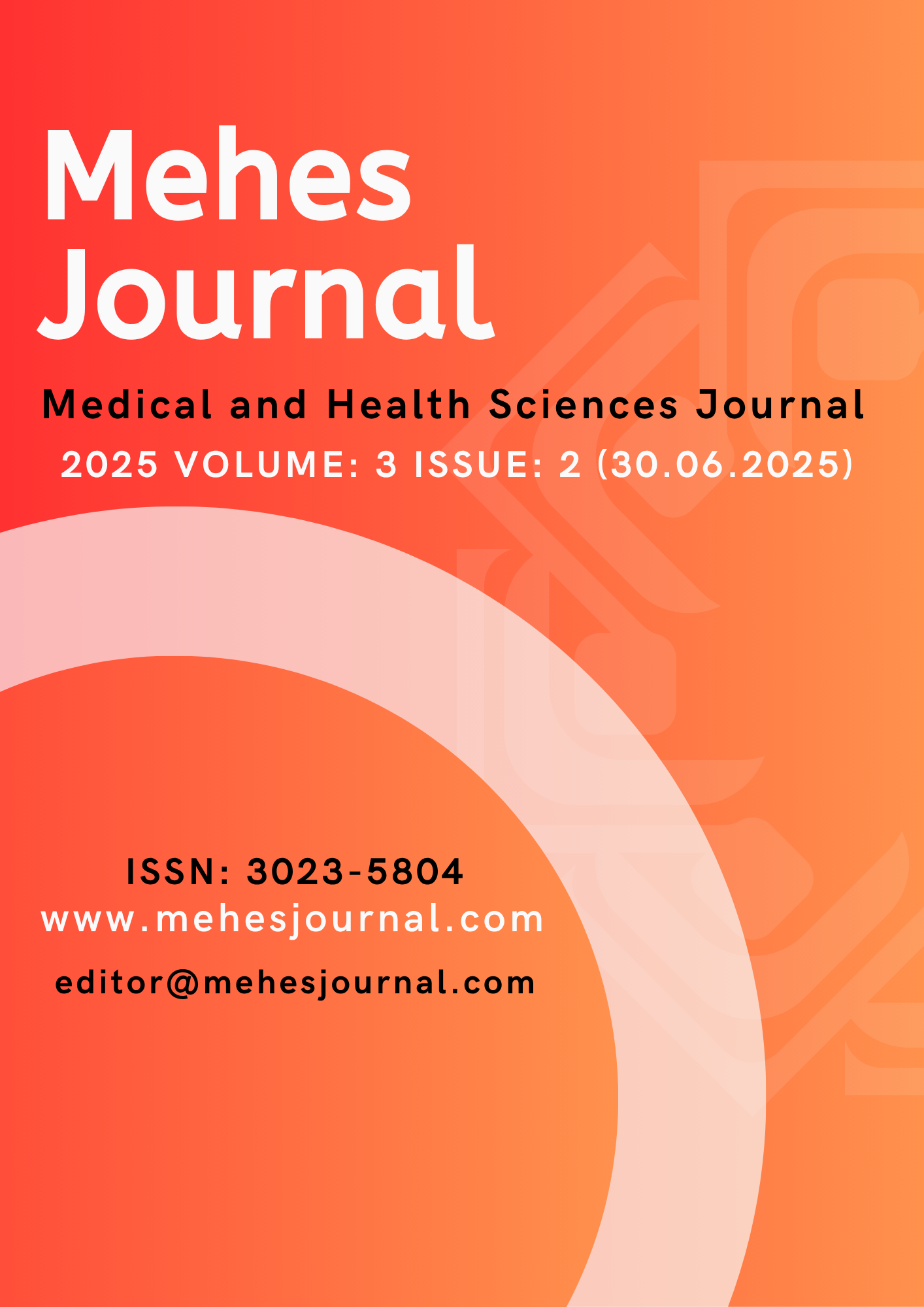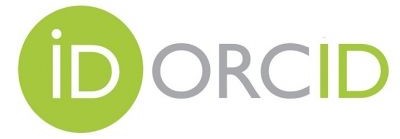Yapay Oksijen Taşıyıcılarının Gelişim Süreci ve Klinik Kullanımı
DOI:
https://doi.org/10.5281/zenodo.15775627Anahtar Kelimeler:
Yapay oksijen taşıyıcılar, Hemoglobin bazlı taşıyıcılar, Perflorokarbon bazlı oksijen taşıyıcılar, Kök hücre tabanlı oksijen taşıyıcıları, O₂ mikro kabarcıkları.Özet
Yapay oksijen taşıyıcıları; travma, cerrahi girişimler, doğum, mide ülserleri, hemorajik şok, vasküler rüptür ve ani kan hacmi kaybına neden olan diğer durumlarda, eritrositlere alternatif olarak geliştirilmiştir. Bu taşıyıcılar aracılığıyla terapötik oksijen iletimi, çeşitli hastalık modellerinin tedavisinde umut verici bir yaklaşım sunmaktadır. Ancak stabil, toksik olmayan ve immünolojik olarak inert yapay oksijen taşıyıcılarının geliştirilmesi hâlâ kritik bir ihtiyaçtır. Geliştirme süreci boyunca birçok zorlukla karşılaşılmış olmasına rağmen, bu taşıyıcıların elektif ve kardiyovasküler cerrahiler, hemorajik şok, dekompresyon hastalığı, akut inme, miyokard enfarktüsü, orak hücre krizi ve serebral hipoksi gibi çeşitli klinik durumlarda kullanımı gösterilmiştir.
Bu derleme, terapötik oksijen iletiminde kullanılan hemoglobin bazlı, perflorokarbon bazlı, kök hücre kaynaklı ve oksijen mikro/nano kabarcıklarına dayalı yapay oksijen taşıyıcılarının rollerini kapsamlı bir şekilde incelemektedir. Ayrıca bu yaklaşımlarla ilişkili olası yan etkiler ve sınırlılıklar, tamamlanmış ve devam eden çalışmalar ile güncel klinik gelişmeler ışığında değerlendirilmiştir. Ek olarak, ideal bir yapay oksijen taşıyıcısının geliştirilmesi için gerekli temel özellikler ve geleceğe yönelik çözüm önerileri sunularak mevcut literatüre katkı sağlanması ve alandaki ileri düzey araştırmalara rehberlik edilmesi amaçlanmaktadır.
Referanslar
Cherian VT. Physiological functions of blood. In: Liu H, Kaye AD, Jahr JS, editors. Blood substitutes and oxygen biotherapeutics. Cham, Switzerland: Springer; 2022. p. 33–43.
Liu H, Kaye AD, Verbeek T, Brennan K, Dalal R, McQuillan P, et al. Classifications of blood substitutes. In: Liu H, Kaye AD, Jahr JS, editors. Blood substitutes and oxygen biotherapeutics. Cham, Switzerland: Springer; 2022. p. 119–29.
Bai L, Shi E, Li Y, Wang L, Zhang X, Yu M, et al. Oxyhemoglobin-based nanophotosensitizer for specific and synergistic photothermal and photodynamic therapies against Porphyromonas gingivalis oral infection. ACS Biomater Sci Eng. 2023;9(1):485–97.
Warner MA, Weyand AC. The global burden of anemia. In: Liu H, Kaye AD, Jahr JS, editors. Blood substitutes and oxygen biotherapeutics. Cham, Switzerland: Springer; 2022. p. 53–9.
Tao Z. & Ghoroghchian P.P., “Microparticle, nanoparticle, and stem cell based oxygen carriers as advanced blood substitutes,” Trends in Biotechnology, June 2014, 32(9):466–473.
Chen L, Wang Z, Xu Q, Liu Y, Chen L, Guo S, et al. The failure of DAC to induce OCT2 expression and its remission by hemoglobin-based nanocarriers under hypoxia in renal cell carcinoma. Theranostics. 2020;10(8):3562–3578.
Sen Gupta A, Doctor A. Oxygen carriers. In: Damage Control Resuscitation. 2020;197–222.
Cebrino J, Portero de la Cruz S. A worldwide bibliometric analysis of published literature on workplace violence in healthcare personnel. PLoS One. 2020;15(11): e0242781.
Padsalgikar AD. Cardiovascular system: structure, assessment, and diseases. In: Padsalgikar AD, editor. Plastics in medical devices for cardiovascular applications. Norwich: William Andrew Publishing; 2017. p. 103–132.
Pittman RN. Regulation of tissue oxygenation. San Rafael (CA): Morgan & Claypool Life Sciences; 2011
Bialas C, Moser C, Sims CA. Artificial oxygen carriers and red blood cell substitutes: a historic overview and recent developments toward military and clinical relevance. J Trauma Acute Care Surg. 2019;87(Suppl 1): S48–S58.
Benner A, Patel AK, Singh K, Dua A. Physiology, Bohr effect. Treasure Island: StatPearls Publishing; 2022.
Cooper CE, Bird M, Sheng X, Choi JW, Silkstone GGA, Simons M, et al. Stability of maleimide PEG and mono sulfone PEG conjugation to a novel engineered cysteine in the human hemoglobin alpha subunit. Frontiers in Chemistry. 2021; 9:707797.
Li X, Dao M, Lykotrafitis G, Karniadakis GE. Biomechanics and biorheology of red blood cells in sickle cell anemia. J Biomech. 2017; 50:34–41.
Jägers J, Wrobeln A, Ferenz KB. Perfluorocarbon-based oxygen carriers: from physics to physiology. Pflugers Arch. 2021; 473:139–150.
Haldar R, Gupta D, Chitranshi S, Khan S, Rizvi SI. Artificial blood: a futuristic aspect of modern transfusion sciences. Cardiovasc Hematol Agents Med Chem. 2019; 17:11–16.
Khan F, Singh K, Friedman MT. Artificial blood: the history and current perspectives of blood substitutes. Discoveries (Craiova, Romania). 2020; 8:104.
Bedőcs P, Szebeni J. The critical choice of animal models in nanomedicine safety assessment: a lesson learned from hemoglobin-based oxygen carriers. Front Immunol. 2020; 11:584966.
Bachert SE, Dogra P, Boral LI. Alternatives to transfusion. Am J Clin Pathol. 2020;153(3):287–93
Jansman MMT, Hosta-Rigau L. Recent and prominent examples of nano- and microarchitectures as hemoglobin-based oxygen carriers. Adv Colloid Interface Sci. 2018; 260:65–84.
Lupon E, Lellouch AG, Zal F, Cetrulo CL Jr., Lantieri LA. Combating hypoxemia in COVID-19 patients with a natural oxygen carrier, HEMO2Life® (M101). Med Hypotheses. 2021; 146:110421.
Ferenz KB, Steinbicker AU. Artificial oxygen carriers—past, present, and future—a review of the most innovative and clinically relevant concepts. J Pharmacol Exp Ther. 2019; 369:300–310.
Jahr JS, Guinn NR, Lowery DR, Shore-Lesserson L, Shander A. Blood substitutes and oxygen therapeutics: a review. Anesth Analg. 2021;132(1):119–129.
Sen Gupta A. Bio inspired nanomedicine strategies for artificial blood components. Wiley Interdiscip Rev Nanomed Nanobiotechnol. 2017.
Kao I, Xiong Y, Steffen A, Smuda K, Zhao L, Georgieva R, et al. Preclinical in vitro safety investigations of submicron sized hemoglobin-based oxygen carrier HbMP-700. Artif Organs. 2018;42(5):549–559.
Kawaguchi AT, Salybekov AA, Yamano M, Lee EJ, Kim JH, Park SM, et al. PEGylated carboxyhemoglobin bovine (SANGUINATE) ameliorates myocardial infarction in a rat model. Artif Organs. 2018;42(11):1174–1184.
Azuma H, Amano T, Kamiyama N, Takehara N, Jingu M, Takagi H, et al. First-in-human phase 1 trial of hemoglobin vesicles as artificial red blood cells developed for use as a transfusion alternative. Blood Adv. 2022;6(18):5711–5.
Paciello A, Amalfitano G, Garziano A, Urciuolo F, Netti PA. Hemoglobin conjugated gelatin microsphere as a smart oxygen releasing biomaterial. Adv Healthc Mater. 2016;5(20):2655–66.
Zhang Q, Ma YX, Dai Z, Zhang B, Liu SS, Li WX, et al. Tracking research on hemoglobin-based oxygen carriers: a scientometric analysis and in-depth review. Drug Des Devel Ther. 2023; 17:2549–71.
Mayer D, Guerrero F, Goanvec C, Hetzel L, Linders J, Ljubkovic M, et al. Prevention of decompression sickness by novel artificial oxygen carriers. Med Sci Sports Exerc. 2020;52(10):2127–35.
Lambert E, Gorantla VS, Janjic JM. Pharmaceutical design and development of perfluorocarbon nanocolloids for oxygen delivery in regenerative medicine. Nanomedicine. 2019; 14:2697–2712.
Spahn DR. Artificial oxygen carriers: a new future? Critical Care. 2018; 22:46.
Göç Ö, Demircioğlu M. Kardiyovasküler hastalıklarda kök hücre tedavisi. Europeanatolia Sağlık Bilimleri Dergisi. 2023;1(2):87-91.
Shah S, Huang X, Cheng L. Concise review: stem cell-based approaches to red blood cell production for transfusion. Stem Cells Transl Med. 2014;3(3):346–55.
Le Pape F, Bossard M, Dutheil D, Rousselot M, Polard V, Férec C, et al. Advancement in recombinant protein production using a marine oxygen carrier to enhance oxygen transfer in a CHO-S cell line. Artif Cells Nanomed Biotechnol. 2015;43(3):186–95.
Khan MS, Hwang J, Seo Y, Kim Y, Lee K, Park J, et al. Engineering oxygen nanobubbles for the effective reversal of hypoxia. Artif Cells Nanomed Biotechnol. 2018;46(Suppl 1): S318–27.
Khan MS, Hwang J, Lee K, Choi Y, Kim K, Koo H-J, et al. Oxygen-carrying micro/nanobubbles: composition, synthesis techniques and potential prospects in photo-triggered theranostics. Molecules. 2018;23(9): E2210.
Huang J, Leng X, Jiang T, Xu L, Zheng J, Fang M, et al. Oxygen-carrying nanoplatform to reprogram tumor immunosuppressive microenvironment and enhance photothermal-immunotherapy. Mater Today Bio. 2023; 19:100555.
Mohanto N, Mondal H, Park YJ, Jee JP. Therapeutic delivery of oxygen using artificial oxygen carriers demonstrates the possibility of treating a wide range of diseases. J Nanobiotechnol. 2025; 23:25.
Kim J H, Jung E A, Kim J E. Perfluorocarbon-based artificial oxygen carriers for red blood cell substitutes: considerations and direction of technology. J Pharm Investig. 2024.
İndir
Yayınlanmış
Nasıl Atıf Yapılır
Sayı
Bölüm
Lisans
Telif Hakkı (c) 2025 MEHES JOURNAL

Bu çalışma Creative Commons Attribution 4.0 International License ile lisanslanmıştır.










